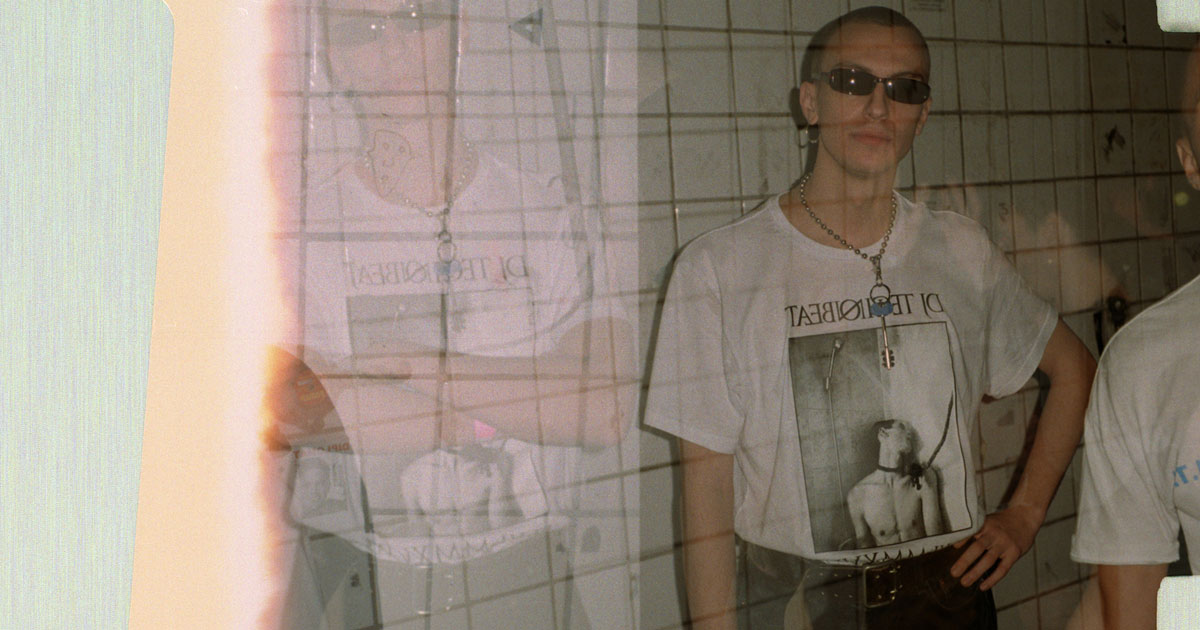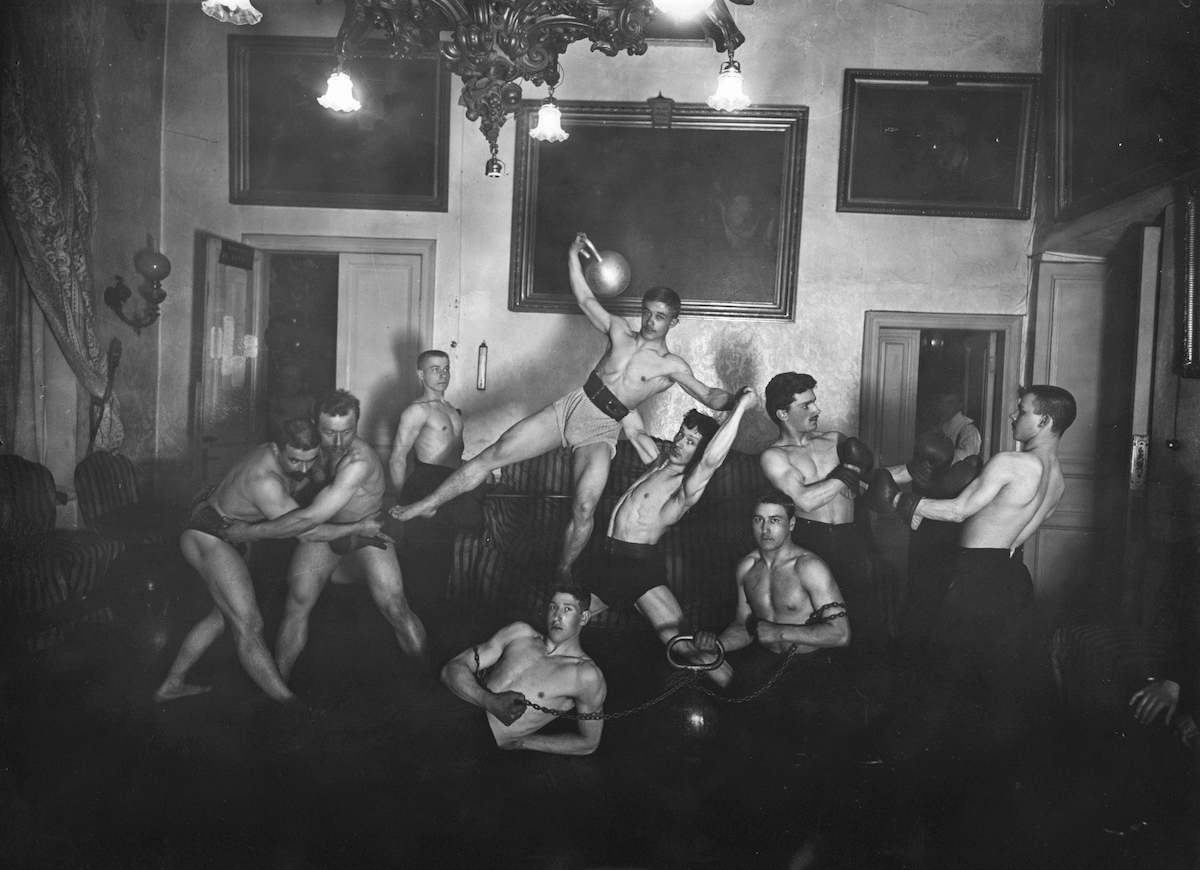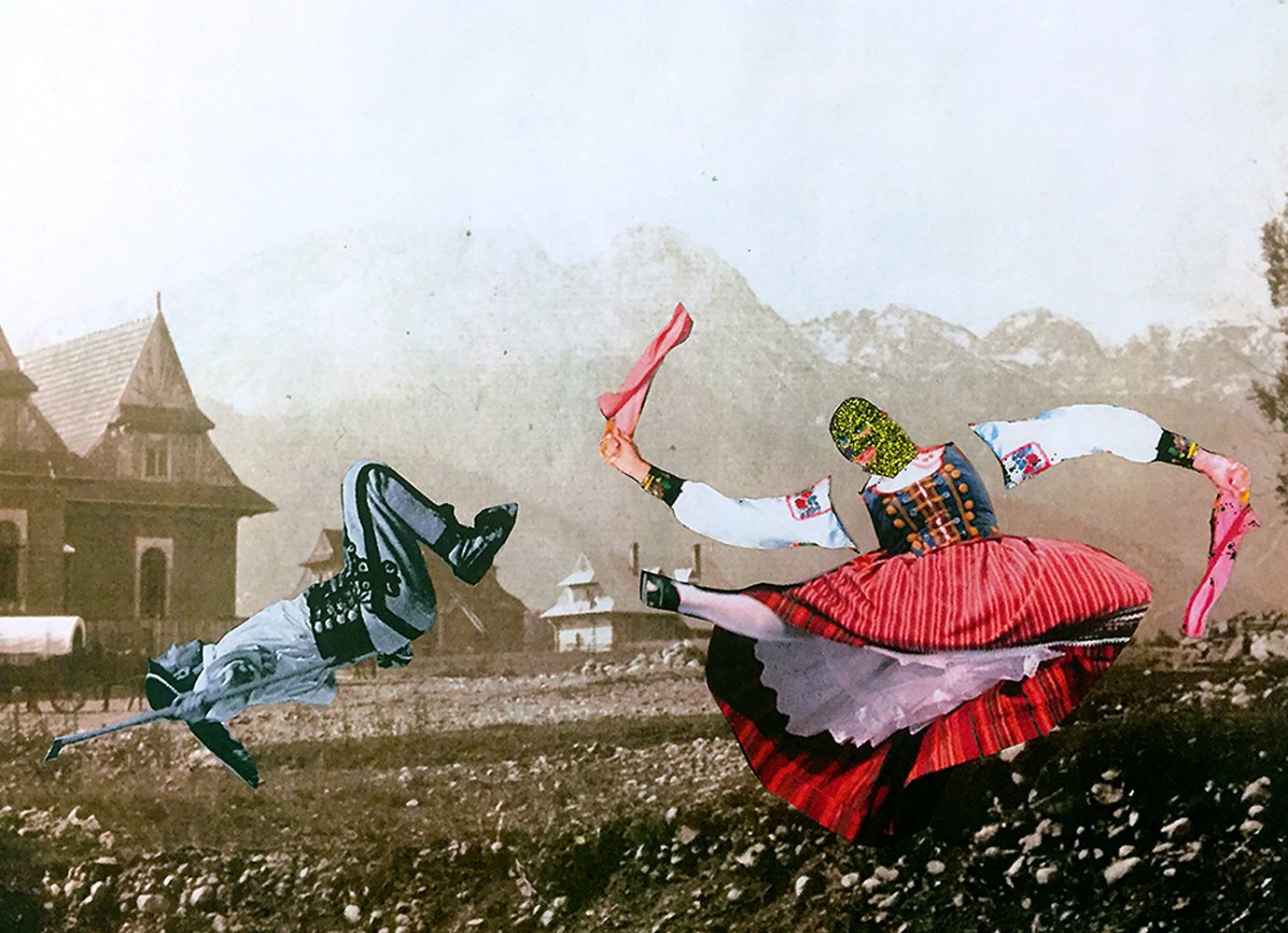In the face of official censure, Russia’s LGBTQ artists prove that their country has always been queer
This week, The Calvert Journal in collaboration with O-zine is celebrating the brave new wave of Russian queer culture. But the phenomenon is not entirely new. When official rhetoric posits ‘Russianness’ and ‘queerness’ as mutually exclusive, it can be easy to forget the country’s rich and proud queer history.
In the video for Angel Ulyanov’s single “Let’s Stir Things Up” (“Davai Zamutim”), we follow a group of tracksuit-clad lads through bleak urban surroundings. With their buzzcuts and Adidas stripes, they carry the threat of violence so often coded into the concept of Russian masculinity. As they come across neon-haired Angel Ulyanov in a deserted underpass, we catch our breath, waiting for a homophobic confrontation — instead, the leader of the gopnik pack suddenly breaks out voguing. The video is an intriguing dispatch from the new wave of Russian queer culture. It demonstrates that a creative underground is on the rise, willing and ready to explore its identity, without shying away from “Russianness” or the hostile surroundings they are caught in.
At times, the notions of Russianness and queerness seem almost mutually exclusive. At least, that’s what the Russian authorities, whose oppression of the LGBTQ community is well-known, want you to believe; in their framing, queerness is a quality of the decadent and immoral West, while Russia is a stronghold of masculinity and traditional family values. This is part of the reason that Ulyanov’s video has such a thrilling effect: those pre-conceived contradictions suddenly twist together in an ecstatic dance. The figure of a gopnik voguer acquires an almost mythical quality: carried out from the underpass like a homoerotic Saint Sebastian, and reborn into a dancer with golden skin at a wild house party. But the truth is that Russia and queerness have never been opposites, as the new generation is here to prove.
The idea of juxtaposing gopnik iconography with voguing in the video came from director Dmitry Smirnov. The most difficult thing, Ulyanov admits, was finding someone for the lead role. “He had to have a buzzcut, look dangerous, and be great at voguing. I spent two months looking for someone suitable on Instagram. A lot of [gay] guys declined because they didn’t want to ruin their reputation or didn’t like the script — some even said that [the concept] was homophobic! But in the end, I found Sergey, aka Djaba Mizrahi: a very talented guy, understanding, and with a sense of humour.” Ulyanov’s vision proved to be challenging for some in the LGBTQ audience — perhaps precisely because it addressed the darkness and dangers inherent to the Russian queer experience.
Reclaiming the visual language of the oppressor is a powerful tool: in this regard at least, the Russian LGBTQ community certainly has a lot to work with
It’s far from the first time that tropes of oppressive masculinity have been used to tell the story of queer desire, though. Artist, writer, and provocateur Slava Mogutin did so in 2006 for his pivotal monograph Lost Boys, which includes photos of Russian wrestlers, military cadets, and football hooligans. An activist who fights relentless for freedom of queer expression, Mogutin moved from Russia to the US in 1994. Today, he is one of the few living Russian queer artists that the new generation can look up to. Despite the prosecution he faced from the Russian authorities, Mogutin still treasures his links to Russian culture. “My Russian background shaped me both personally and artistically, and informed everything I do. I’m proud of my heritage, regardless of my criticism of the current Russian government. I always say that Russia is no more homophobic than any other country; it’s the government that creates this hostile environment towards minorities,” he says.
For Mogutin, reclaiming the visual language of the oppressor is a powerful tool: he cites the way the pink triangle — used to identify gay people in Nazi Germany — has become a symbol of empowerment. In this regard at least, the Russian LGBTQ community certainly has a lot to work with. “I’ve written and spoken extensively about the history of homophobic persecution in Russia, which goes all the way back to the times of Stalin’s mass repressions. It’s no coincidence that queer people in Russia are still widely perceived as social pariahs or outcasts who are morally and physically fraudulent — “degraded”, in prison slang,” he adds. “That’s how they have been traditionally portrayed in Russian culture and media. In my work, I celebrate queerness and present it as a blessing, not a curse. I find being queer very empowering and revolutionary.”
Slava Mogutin and his partner Robert attempt a ‘wedding’ in Moscow, 1994. Photo: Laura Iliyna
At the same time, Russian queerness is not always related to notions of masculinity or oppression. The best place to get familiar with its diversity is O-zine, a self-funded online publication about Russian queer culture founded by journalist Dmitry Kozachenko and queer sex blogger Sasha Kazantseva in 2018. O-zine aims to explore not only the challenges, but also the joys, pleasures, and beauty of being Russian and queer. There is useful information on sex and activism, the latest from emerging queer artists and musicians, and engaging portraits of lesbian, gay, trans, and non-binary Russian communities. Kozachenko admits that finding an authentic, home-grown approach to queer culture is crucial, because every topic has to be put through the filter of local circumstances that are completely different to those of their Western peers. “We didn’t have Stonewall, we have no Pride — but in these circumstances something new, political, and fierce is born,” he says.
A visual exploration of this Russian queerness was the main focus of this collaborative photo project between The Calvert Journal and O-zine. Working together, Dmitry Kozachenko and photographer and filmmaker Artem Emelyanov created a subversive take on Russian stereotypes: the colourful domes of the (incredibly camp) Izmaylovo Kremlin, birch tree groves, tracksuits, and flower-patterned rugs. Their vision is timely, but also connected to a cultural heritage which the new generation is keen to rediscover: from 1990s music videos to the perestroika-era work of Vladislav Mamyshev-Monroe and Timur Novikov.
Not that Russian queer culture only dates as far back as the 1980s. “Queer culture has been there forever, since people started living on that territory,” says Vlad Strukov, Associate Professor in Film and Digital Culture at the University of Leeds, who is currently working on a project on Russian queer visual culture funded by the Swedish Research Council. “Queerness makes sense when there is a norm — if there wasn’t any norm, there would be no queerness. Like anywhere else, there were two periods when the norm was introduced in an aggressive way: the arrival of Christianity, and the industrial modernisation of the 18th century.”
The Ballets Russes in 1918 — pre-cursors of contemporary Russian queer culture?
According to Strukov, there are plentiful examples of Russian queer culture from different eras. “As a historical reference, I would probably use the Ballets Russes,” he says of the iconic early-20th-century dance troupe that wowed Europe with extravagant, folk-inspired production design, and whose star performer, Vaclav Nijinsky, had numerous affairs with men. “[Russia] is the culture which produced this beauty, this kind of thinking, this discourse which became a global phenomenon. Obviously, what is tragic is that there isn’t a queer history of this art.” When it comes to more contemporary cases, there are the music group Shortparis, whose performances play with the physical and the theatrical; Soviet pop star Filipp Kirkorov, who works with Liberace-like images of queer masculinity; and actress and director Renata Litvinova, “who is not portrayed as a queer woman, but as a queer subject, always challenging the norm in different ways.”
If Russian culture has an inherent history of queerness, where does the nation’s contemporary preconception of queerness as a Western phenomenon come from? “About 15 years ago, there was a sense that the Russian political establishment wished to compete with Western and other powers in terms of setting the norm — and did so by labelling LGBTQI+ an anti-state segment of society,” Strukov explains. “This is where it gets really muddy because, on the one hand, queerness and being ‘different’ sexually is OK for the Russian government — it’s political action associated with LGBTQ+ issues which is not. LGBTQI+ is seen as a pro-Western, liberal project whereas queerness is not.”
In today’s Russia, the queer underground is finding its own way to bypass the homophobic establishment: at raves and vogue balls, in independent music production, photography and art, Instagram accounts, YouTube, and Telegram channels. They are fierce and radically new. But they’re also reclaiming the continuity of their queer history — a history that they’ve had to teach themselves.


